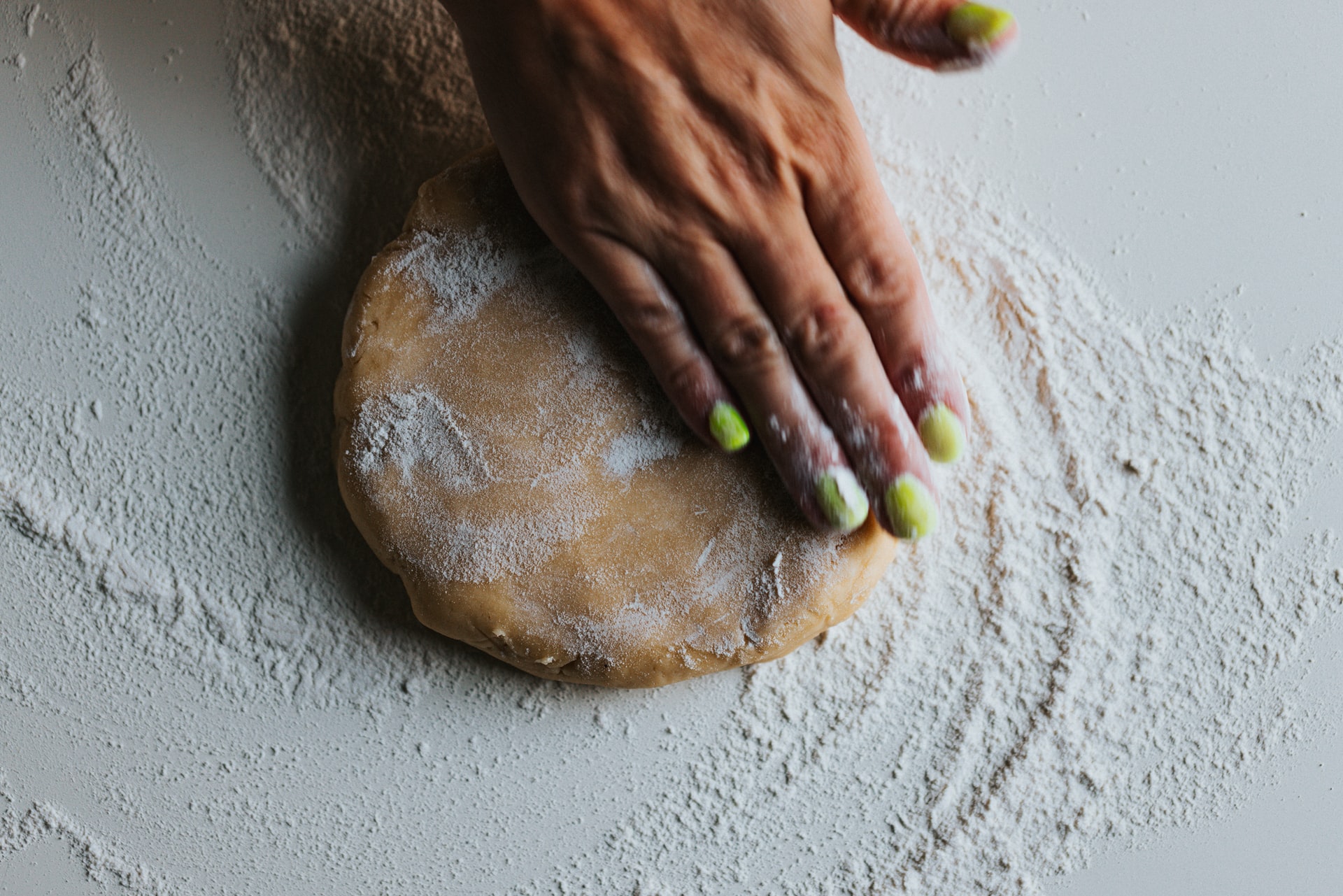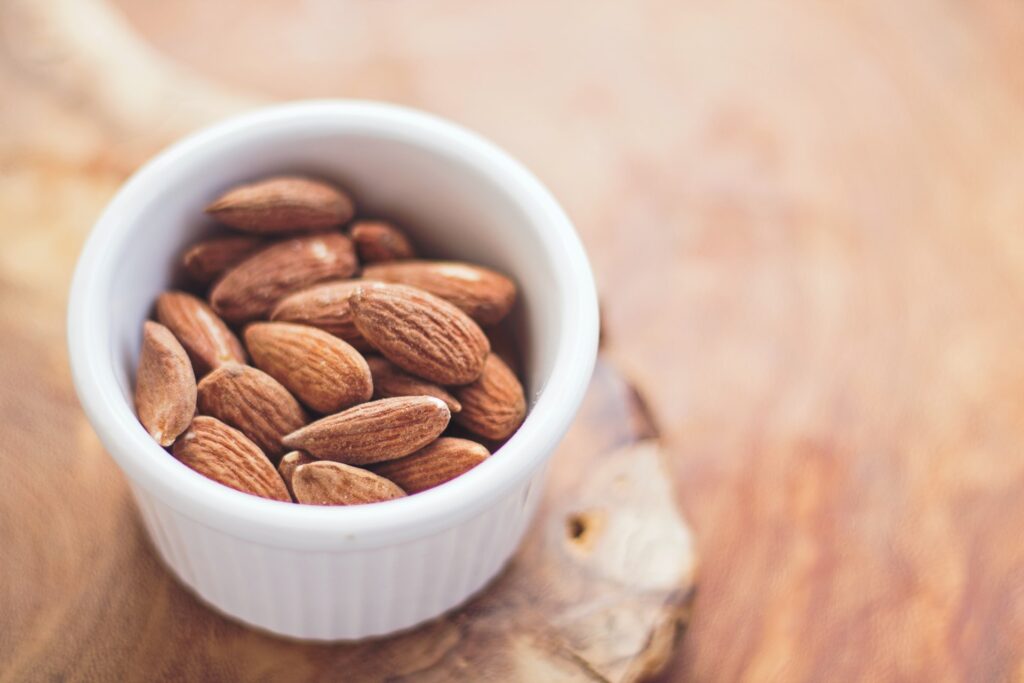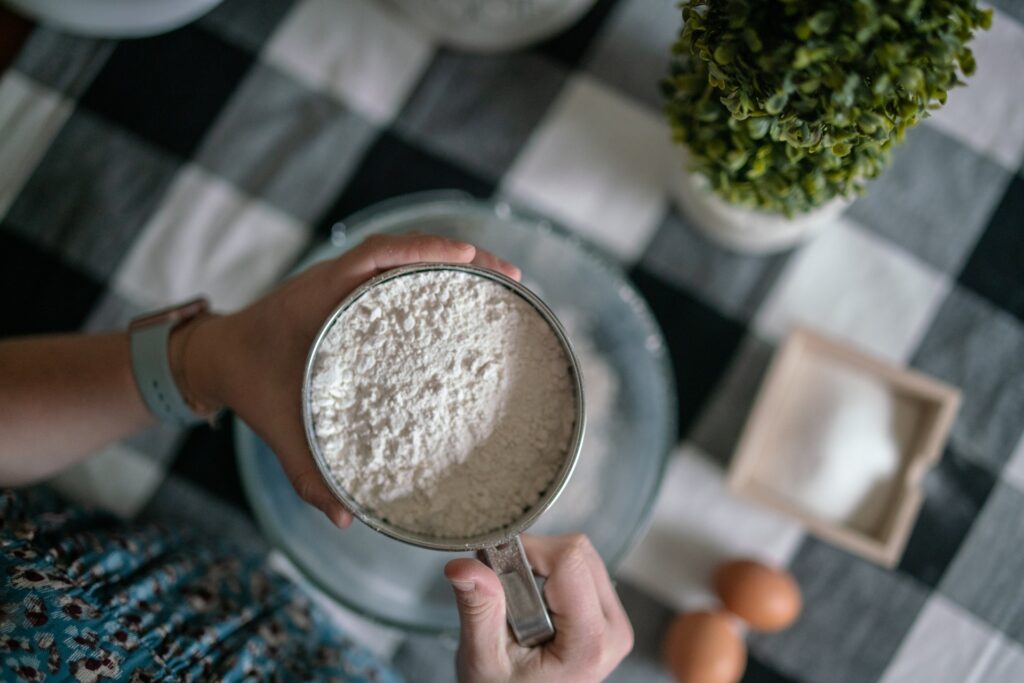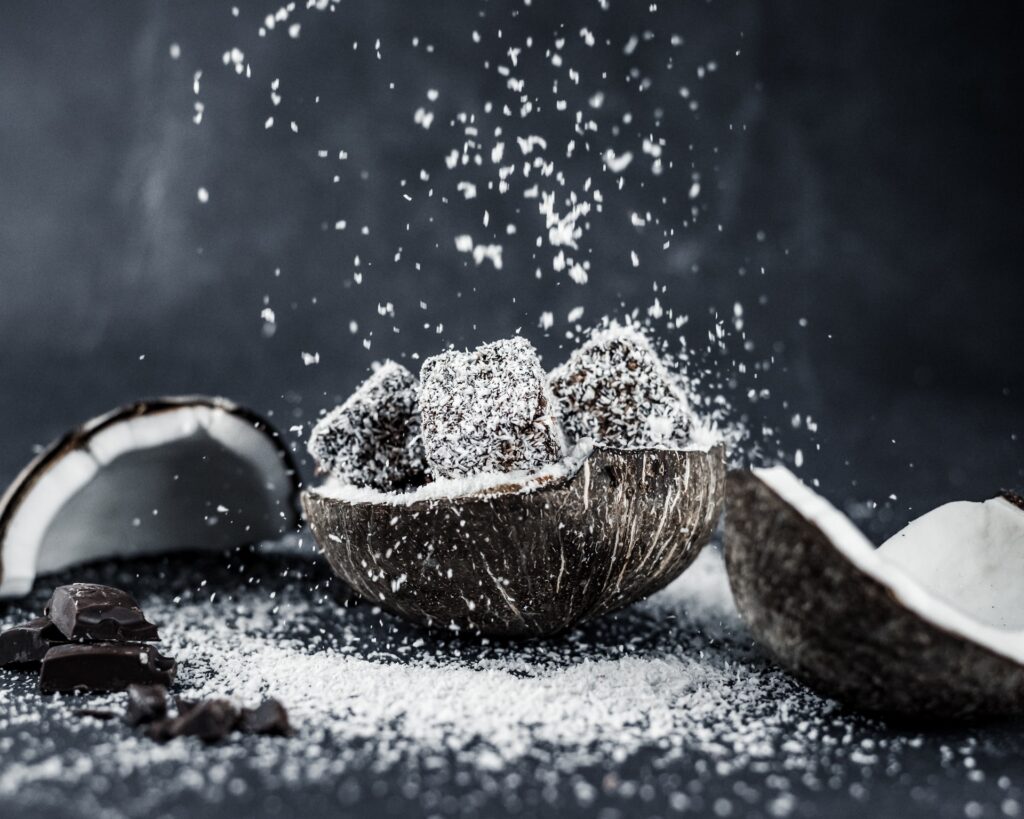
keto flour: Flour is the main ingredient for a large number of recipes. There are also many varieties of flour, and they all come with unique flavors. However, flour is usually high in carbohydrates, but is there a variety known as Keto flour?
In this article, we will discuss various aspects of flour and try to find out whether it has keto-friendly varieties that fit in the Keto diet. We will also discuss substitutes for keto flour that you can consume while on ketosis.
Is Flour Keto?
One of the biggest challenges that one faces while trying to cut weight is significantly cutting down the intake of carbs and sugar. The high-fat keto diet only allows twenty to fifty grams of carbohydrates per day.
Most flour-based items such as crackers, pasta, and bread are generally not part of the Keto diet because their carb content is extremely high. However, some varieties of flour can fit in the keto diet. These alternatives are not perfect, but their carb content is low and is rich in fiber.
Is Almond Flour Keto?
Almond flour is a keto-friendly variant of flour. Keto dieters usually use almond flour as a substitute for wheat flour. This flour is low in carbohydrates, as it contains only three grams of carbs and one gram of net carbs per tbsp.
Almond flour can be used as a 1 to 1 substitute for wheat flour, and you can also use it as a baking ingredient. However, baked goods that contain almond flour are less spongy.

Is Coconut Flour Keto?
Coconut flour is made from coconut flesh and is a very fine powder. It has a mild taste that works well for desserts. After almond flour, coconut flour is the most commonly used Keto-friendly flour. A serving of two tbsp. contains nine grams of carbs and four grams of net carbs.
You only need a small quantity of coconut keto flour for most Keto recipes. This variety of flour is a good liquid absorbent and is a 1 on 1 alternative to wheat flour. However, since this flower variety is dry, you will need to add a bit of liquid. Due to its dry characteristics, this flour can also be used as a thickener.
Is Rice Flour Keto?
Rice flour is not keto-friendly, as it contains a high carb content and has a low-fat content. The ideal macronutrients for the Ketogenic diet are:
- Fat (70 %), Protein (20/25 %) and Carbs (5/10 %).
This means that the content of carbohydrates should be extremely low in the Ketogenic diet. Consuming rice flour on the keto diet will immediately kick you off ketosis.
- Nutrients Per 100 grams of Rice Flour
- Calories: 366
- Net Carbs: 77.7 grams
- Protein: Six grams
- Fat: 1.4 grams

Keto Flour Substitute
Chia Flour
This flour is made from chia seeds and is full of soluble fiber. Due to the fiber, Chia flour absorbs a lot of moisture and water, just like coconut flour. Two tbsp. serving of Chia keto flour contains approximately five grams of carbs and zero grams of net carbs.
Chia flour is not a commonly used ingredient for Keto-friendly baking recipes; you have to mix it with another variety of flour. However, if you are trying to make desserts that don’t require baking, such as pudding, you can use whole ground chia seeds and chia seeds.
Flaxseed Meal
Flaxseed is the main ingredient of a Flaxseed meal and has a low carb content. A two tbsp. serving of Flaxseed meal only contains four grams of carbs and zero grams of net carbs. This variety of flour is rich in Omega-3 fats.
Like Chia and Coconut flour, Flaxseed meal also efficiently absorbs water. However, you will need to mix it with other flours to use it as a baking ingredient. You can use Flaxseed meal to make items like crackers.
Psyllium Husk Powder
Psyllium Husk powder is rich in fiber and is the core ingredient for several fiber-based supplements. This flour also absorbs water and swells up, giving food items a fluffy appearance. A tbsp. of Psyllium Husk powder contains around eight grams of carbs and one gram of net carbs.

Oat Fiber
Oat fiber is made from crushing oat husks. This type of flour is commonly used as an ingredient for Keto baked goods. One tsp. of Oat fiber contains four grams of carbs and one gram of net carbs. As with most flours listed here, Oat fiber should not be used as an ingredient on its own; it should be mixed with other flours.
Lupin Flour
This flour is made from Lupin seeds, a close relative of soybean and peanuts. Lupin flour is used as an ingredient for keto-friendly pasta dishes and gluten-free pasta. A ¼ cup (28 gram) serving of Lupin flour contains eleven grams of carbs and one gram of net carbs.
This variety of keto flour has a high protein content and can be mixed with coconut or almond flour and used as a baking ingredient.
Pumpkin Seed Flour
Pumpkin seed flour is popular among people that follow a low-carb diet. It has a high-fat content and is low in carbs. A cup of Pumpkin seed flour (130 grams roughly) consists of fourteen grams of carbohydrates.
Pumpkin seed has characteristics similar to wheat flour and can also be used to replace almond flour. This flour variety also contains oil, which means it needs to be mixed with another type of flour for baking purposes.

Sunflower Seed Flour
Sunflower seed is quite similar to almond flour and contains no nut allergies. This flour is rich in protein and fiber and has a mild sweet flavor. However, Sunflower seed keto flour has a slightly higher carb content, as one cup contains approximately twenty net carbs.
Whey Protein
Whey protein powder can also be used as a baking ingredient, as it also has binding properties similar to Keto-friendly flour varieties. A pound of Whey protein powder can last for six months. If you are allergic to dairy, use dairy-free protein powder.
Xanthan Gum
Xanthan Gum is a type of thickener, is free of carbohydrates, and can last for months. This gum can be used to thicken several Keto-friendly recipes such as:
- Baked goods that are low in carbohydrates
- Stew
- Keto Ice cream
How to Bake with Keto Flours?
Almond Flour
- There isn’t a set ratio for the almond flour because it has several varieties.
- It is recommended to use less liquid and oil to account for the high-fat content of almonds.
- You can also add an egg or half in the almond flour to make muffins and quick bread. This will give the baking goods a solid structure.
- Adding raising agents such as baking soda or powder to the almond flour is helpful.
- Bake recipes made from almond flour at 25 degrees Fahrenheit or lower for a long period.
- Almond flour tends to break, so try to cover it with aluminum foil.
- Let Keto baked goods cool down. When these goods are cool, they develop a crispy texture and rich flavor.
Coconut Flour
- For one cup of regular flour, substitute ¼ cup of coconut flour.
- Use six eggs and a liquid for every cup of coconut flour.
- Coconut keto flour recipes are also baked at 25 degrees Fahrenheit or lower.
- When combining coconut and almond flour, the recommended ratio is 3:1 almond to coconut flour.
- The combination of both flours closely resembles the all-purpose flour.

Flaxseed Meal
- Mix three tbsp. of water with one tbsp. of ground flaxseed, and let it swell.
- It is better to purchase a packet of Golden flaxseeds and grind them in a food processor.
Pumpkin Seed Meal And Sunflower Seed Meal
- You can swap the almond flour with the same quantity of Pumpkin seed meal or Sunflower flour. Seed and almond flour has similar characteristics.
- If you don’t want to use coconut flour, add a bit of liquid and seed flour to your recipe.
How Good Are Commercial Low-Carb Baking Mixtures?
When you are at the supermarket or the grocery store, you might bump into low-carb varieties of baking mixtures. These products contain a blend of all-purpose flour alternatives such as soy, oat, and hazelnut flour.
Some low-carb baking mixtures contain eight grams of carbs per ¼ cup of flour. When using these commercial varieties of flour, use the instructions listed at the back of the packaging. Track the net carbohydrates, and be careful of what you eat.
To be safe, it is better to stay away from these commercial keto flour varieties and stick to Keto-friendly flour recipes that can also be made at home.
Conclusion
To come back to our original question: does Keto flour exist? And the answer to the question is yes; it does; flour has several keto substitutes. In this article, we also discussed whether almond, coconut, and rice flours are keto-friendly and made a list of several flour alternatives that can be part of the Ketogenic diet.
We have also explained how you can use Keto-friendly flours to make delicious baked goods. Lastly, we focused on the commercially low-carb flour mixtures and discussed their properties.
